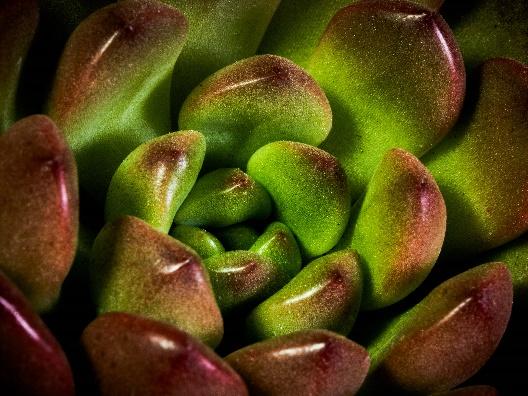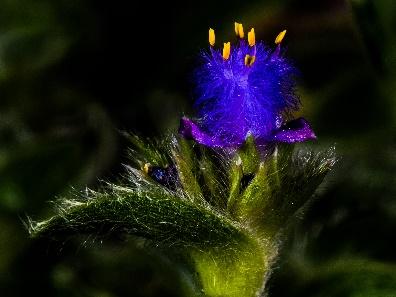About the Author
The “Better Succulent Photography” series is written by Alan Kamil, a member of CCSS and an avid photographer. Alan shares his wisdom with others interested in creating photographic art with cacti and succulents.
Better Succulent Photography: An Introduction
The purpose of this series of posts is to begin a discussion of photography as a tool that can enrich our enjoyment of cacti, succulents, and other plants. Photography can be an important tool for documenting plants in a garden or collection. For example, a series of photos taken over time can provide an important and useful record of the growth of the plant. In addition to this archival function, photography is also an art form. Cacti and succulents are very attractive in appearance and can be great subjects for making aesthetically appealing images. Photography can enrich your enjoyment of cacti and succulents for both documentary and artistic reasons. Notably, these two functions are interchangeable: a documentary image can also be artistic, and vice versa.
For most Cascade Cactus and Succulent Society (CCSS) members, an interest in plants probably preceded interest in photography. For me, it was the other way around, the plants enriched my photographic efforts. I was attracted to these plants because I was interested in biology and was looking for organisms that could be photographed to make attractive images. The variety in shape, color, form and function among cacti and succulents made them a promising group to work with. So I started a small collection and began taking pictures, and quickly got very fond of them. I soon discovered that many of the most interesting images came as a result of putting my camera up close to the plants to capture details of their structure. This led me to explore the techniques of macro photography, which turned out to be a fascinating combination of aesthetic and documentary considerations. I also discovered that while macro photography can be very technical, many lovely macro images can be obtained with a few simple techniques and without expensive equipment. So I would like to convince you to give it a try. Perhaps the best enticement would be examples of some up-close photos that suggest some possibilities:
Before getting into details, here are a couple of general points about the blog. I will do my best to provide definitions and background information where needed. However, I will assume that readers are familiar with basic terms and concepts of photography such as how aperture, shutter speed and sensitivity (ISO) combine to determine exposure. It is also important to know the capabilities of your camera. This can be a challenge. Most of the manuals provided by camera manufacturers are incomprehensible. For many cameras, however, there are guides/handbooks written by authors who describe how the camera works and are good at it. Go to an online bookseller website and search for books that have the name and model number of your camera in their title.
If you want to learn more about the basics of digital photography, there are many resources available. Seattle-area camera shops like Kenmore and Glazer’s offer a variety of workshops that are helpful. There are also books and online resources available that cover basic information.
Two books that primarily cover basic information about digital photography are Scott Kelby’s “The Digital Photography Book” and Ben Long’s “Complete Digital Photography” (8th edition is the latest). “The Photographer’s Eye” by Michael Freeman is an excellent introduction to composition, the study of how the various elements in an image are arranged. There are also many sites that offer online workshops/courses on digital photography, including:
– The New York Institute of Photography: https://www.nyip.edu/
– Learning with Experts: https://www.learningwithexperts.com/photography
I have taken several of the Learning with Experts workshops. I particularly recommend Michael Freeman’s Photography Foundation Workshop as a very fine introduction to composition, and Heather Angel’s Macrophotography Workshop as an excellent introduction to up-close photography.
I tend to use the terms “up-close” and “macro photography” interchangeably. This is incorrect, however. Macro photography has a technical definition as photography in which the image on the camera’s sensor is larger than the object itself. But the challenges of taking pictures up-close are the same whether or not the technical definition is met. Techniques that work when sensor images are a little larger than the original are the same as when they are a bit smaller.
Without further ado, here’s how you can get to the blog posts:
Better Succulent Photography – Getting Started
Better Succulent Photography – Focusing on Focus: Part 1
Better Succulent Photography – Focusing on Focus: Part 2





